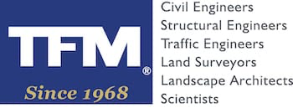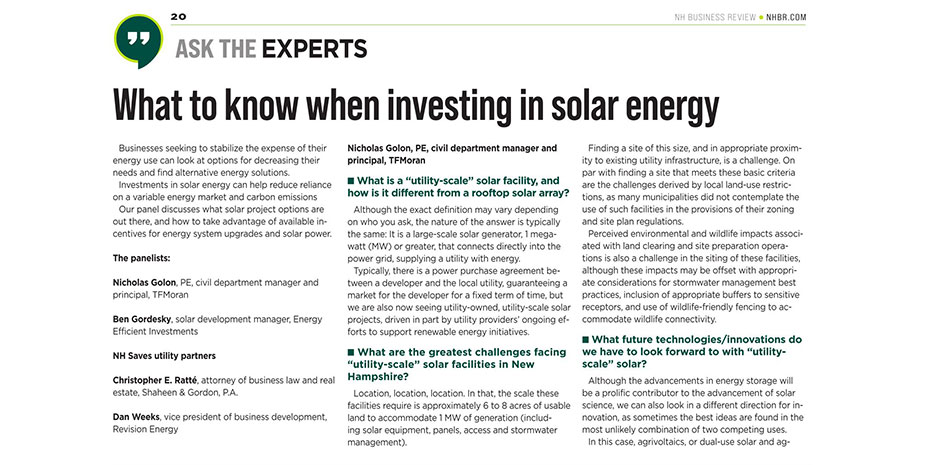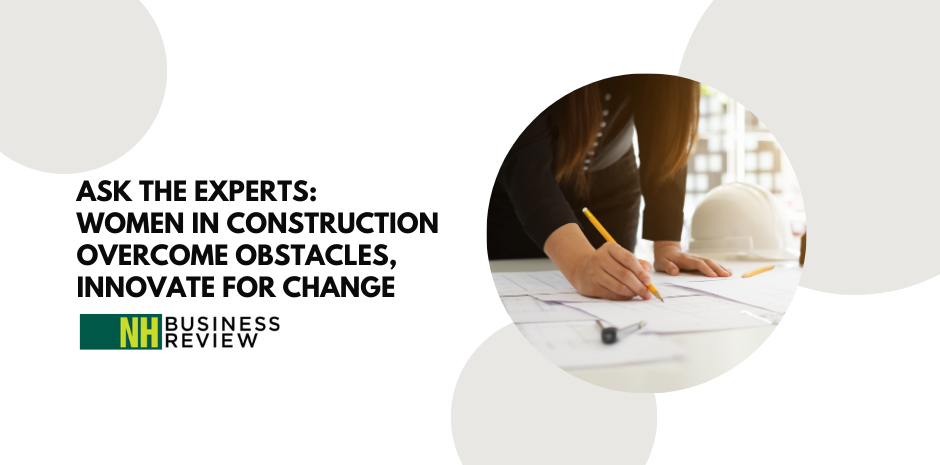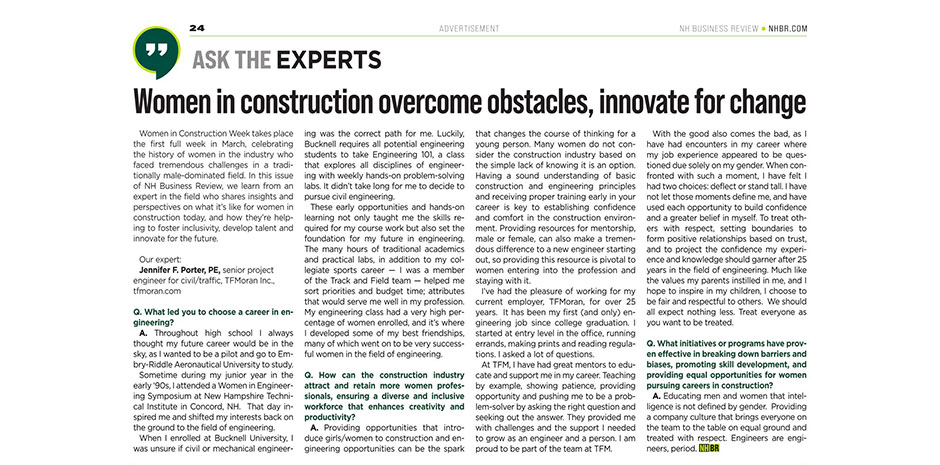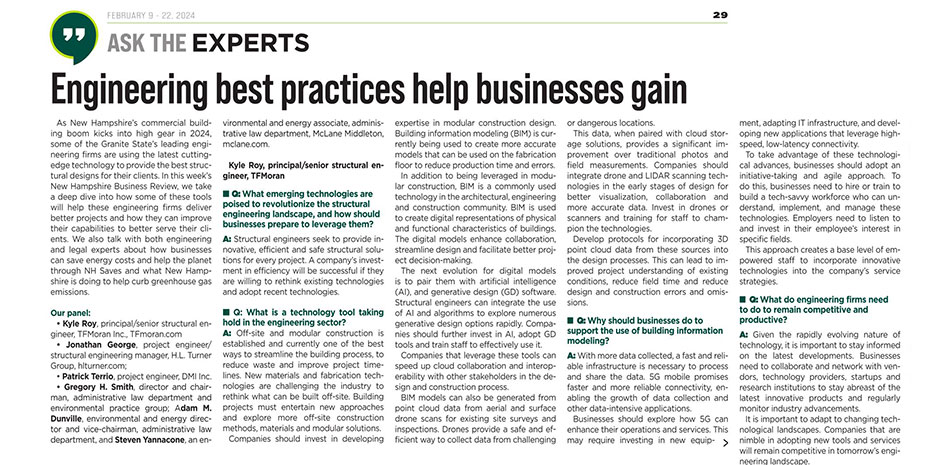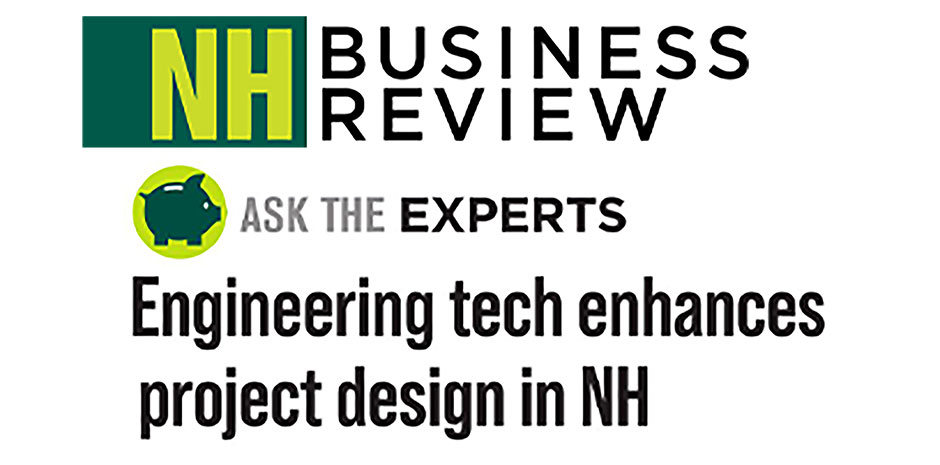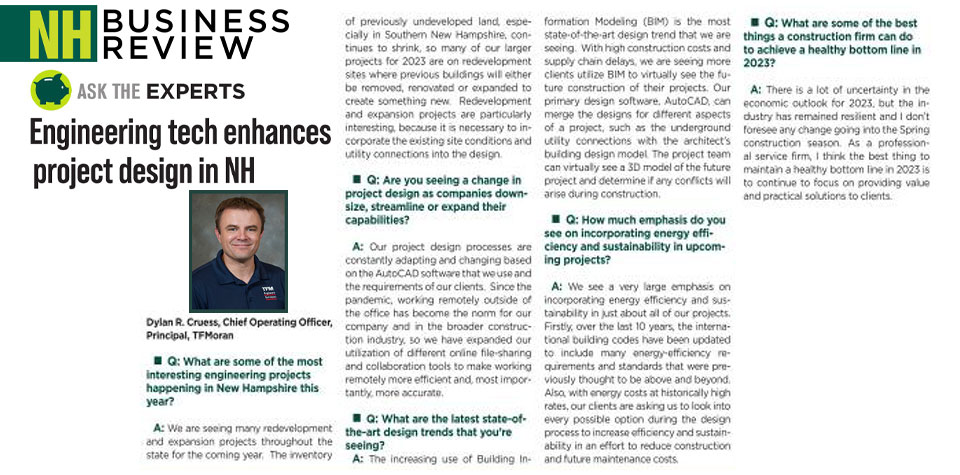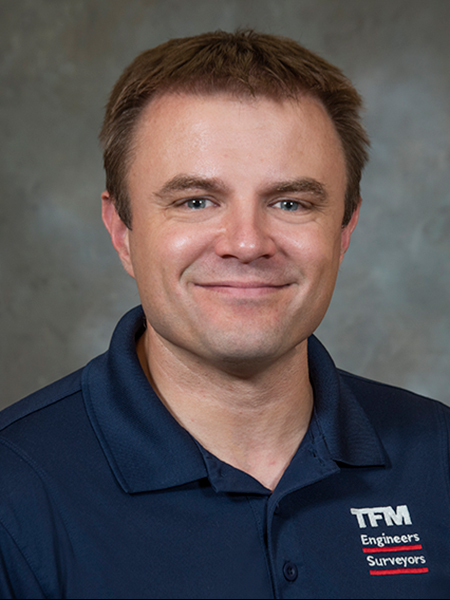New Hampshire Business Review’s May 24th issue features a solar energy spotlight, with input from Nick Golon, PE. Read Nick’s insights below.
(Ask the Experts) What to Know When Investing in Solar Energy
Businesses seeking to stabilize the expense of their energy use can look at options for decreasing their needs and find alternative energy solutions. Investments in solar energy can help reduce reliance on a variable energy market and carbon emissions.
Our panel discusses what solar project options are out there, and how to take advantage of available incentives for energy system upgrades and solar power.
Our Expert: Nicholas Golon, PE, Civil Department Manager and Principal, TFMoran
Q: What is a “utility-scale” solar facility, and how is it different from a rooftop solar array?
Although the exact definition may vary depending on who you ask, the nature of the answer is typically the same: it is a large-scale solar generator, 1 megawatt (MW) or greater, that connects directly into the power grid, supplying a utility with energy.
Typically, there is a power purchase agreement between a developer and the local utility, guaranteeing a market for the developer for a fixed term of time, but we are also now seeing utility-owned, utility-scale solar projects, driven in part by utility providers’ ongoing efforts to support renewable energy initiatives.
Q: What are the greatest challenges facing “utility-scale” solar facilities in New Hampshire?
Location, location, locations. In that, the scale these facilities require is approximately 6 to 8 acres of usable land to accommodate 1 MW of generation (including solar equipment, panels, access and stormwater management).
Finding a site of this size, and in appropriate proximity to existing utility infrastructure, is a challenge. One par with finding a site that meets these basic criteria are the challenges derived by local land-use restrictions, as many municipalities did not contemplate the use of such facilities in the provisions of their zoning and site plan regulations.
Perceived environmental and wildlife impacts associated with land clearing and site preparation operations is also a challenge in the siting of these facilities, although these impacts may be offset with appropriate considerations of stormwater management best practices, inclusion of appropriate buffers to sensitive receptors, and use of wildlife-friendly fencing to accommodate wildlife activity.
Q: What future technologies/innovations do we have to look forward to with “utility-scale” solar?
Although the advancements in energy storage will be a prolific contributor to the advancement of solar science, we can also look in a different direction for innovation, as sometimes the best ideas are found in the most unlikely combination of two competing uses.
In this case, agrivoltaics, or dual-use solar and agriculture, is the use of land for both agriculture and solar energy generation. One of the acknowledged drawbacks for solar is the conflict it presents with agricultural production, as they share the commonality of preferred land conditions that are flat and provide abundant sun.
The co-location of such uses would provide benefits to both industries. Such facilities do exist in New England, such as the 4.2 MW Rockport Maces Pond Agrivoltaic project, a dual-use community solar project on a blueberry farm in Rockport, Maine, as well as the ongoing efforts of the University of Massachusetts Amherst through their research team.
The team has been collaborating with private solar developers and host farmers to implement agrivoltaic operations at sites around the Commonwealth of Massachusetts.
Much like to co-location of different land uses in a mixed-use land development project, it will be very interesting to see if this symbiotic practice of co-locating solar and agriculture can be successful.
